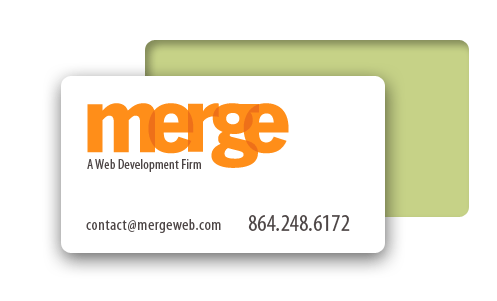Brand Killer: Out-of-stock
A web site’s main role for most companies is to market. Small to medium sized business want to get the phone ringing, get people in the door, etc.
Be careful of what you ask for.
Merge went on a small shopping-spree last night for our new office. I diligently found, online, all of the equipment that we needed to buy. The stores’ web site got me in the door.
First stop: Staples. The printer that I had found on their web site was out-of-stock. “And the other stores won’t have it either as we all carry the same thing.” What?! Then why was it advertised on your site? Frustrating, okay, but I can adapt.
Next stop: Lowes. After waiting 10 minutes for an “associate” to come to the appliance center, the refrigerator we had identified was…out of stock. I quote, “Yeah, we run really thin here. Most things are out-of-stock these days. We’re under inventoried.” I had him check another item that I printed off from the web site, “Out of stock.” I asked about a stool they had advertised on their web site. “Oh, we don’t have those either. Lowes got out of the furniture business awhile back.” Then why do you advertise them on your web site?!
Staples and Lowes just trained me: “Don’t trust our web site; don’t trust us. We’ll just put every product we can think of on it, and we probably WON’T have it in the store.”
If your web site is so effective it gets people in the door and then you can’t deliver, your web site is actually hurting you instead of helping you. So be careful what you ask for and make sure you can deliver on the promise your web site is making.
